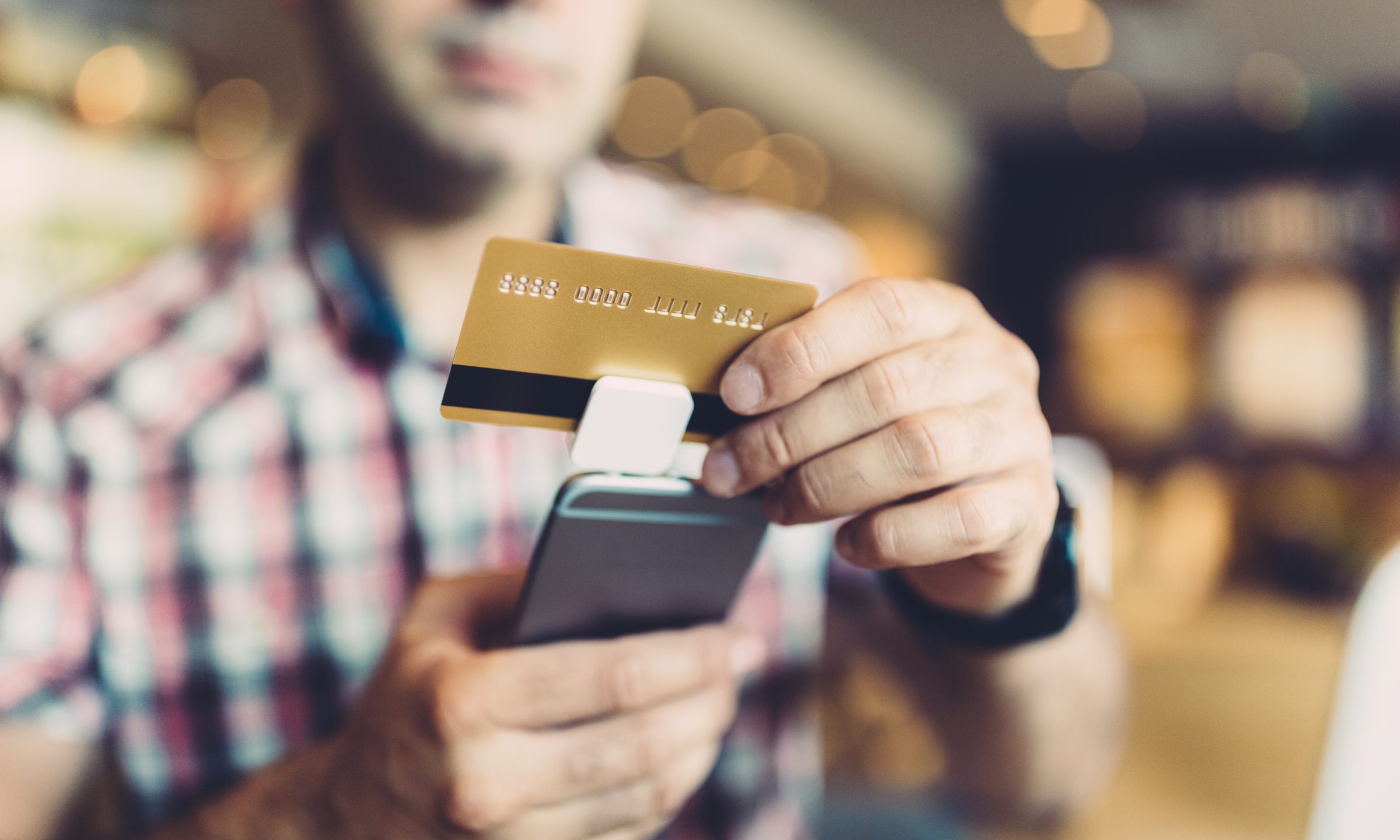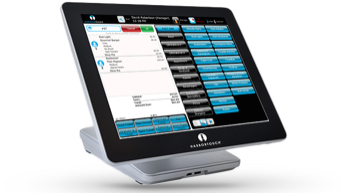
#Aloha pos system software#
The company was also clever in creating a strategic partnership with Austin-based HotSchedules, a provider of staffing software for the hospitality industry.
#Aloha pos system upgrade#
Aloha was able to upgrade to include mobile payments, rewards program management, among others without significantly changing the system. Perhaps more important to Aloha’s continued success has been the addition of certain features that restaurants found useful when the technology became available. Independent operations, like Off the Wagon in Manhattan, to national chains, like Bubba Gump Shrimp Company, use Aloha every day. Selling to businesses makes great business because proprietors are hesitant to change a process that is already working. The reason why Aloha has gained significant market share in America is that it was one of the first.

(At this point, a food truck without a Square seems strange.) So if it isn’t complicated, what’s stopping competitors? Nothing really, Micros and Square have been competing with Aloha for years, but have carved specific niches. It’s a piece of dedicated software that manages orders, tracks sales, and even helps manage employee hours. It’s not an operating system, as many Aloha systems run Microsoft Windows. They’re basically just a touchscreen that is only used to run Aloha. Considering there are 700,000 restaurants in the US alone (which is Aloha’s primary market), their domestic market penetration is pretty impressive.īut an Aloha system doesn’t really seem all that complicated to the unfamiliar, and they really aren’t.

Aloha is used by tens of thousands of restaurants and bars globally, with some industry veterans having exclusively used the system throughout their careers. Now owned by the payment processing behemoth NCR Corporation, Aloha has been an industry standard restaurant point of sale (POS) for nearly 20 years. Even with the rise of places like Chipotle and Subway where order takers often make your food on the spot, there is still a way to record the transaction for inventory and revenue purposes. Regardless of how a restaurant is set up, however, they usually need some mechanism for communicating orders with the kitchen. Order from a counter? Table service? Automated kiosk? Invite-only app that exclusively accepts bitcoin (looking at you pop-up cronut place in Williamsburg)? Processing orders is a unique element in food service as it sets the tone for the experience that people can expect. How restaurants process their orders says a lot about the establishment. It simply found a way to reliably serve a need that restaurants have. The company didn’t really do anything revolutionary. There’s not a lot technically complicated about Aloha. (via IPS Aloha) When nothing complicated is still a Godsend What it comes down to is this: Aloha gives you the peace of mind you need to run a successful business.This device is a bedrock technology of many restaruants, and you probably have no idea what it is. And Aloha’s modular, upgradeable design allows it to grow with you, accommodating your future needs while helping you maximize the life and value of your investment. No matter how you configure Aloha QuickService, the end result is always a smooth running, seamlessly integrated system. With Aloha QuickService, you gain access to the tools you need to effectively and efficiently manage your operations. Flexibility.Īloha QuickService gives you the tools to effectively and efficiently manage your mission-critical point-of-sale operations offers advanced POS functionality, intuitive Window™-based touch screens, open architecture, built-in redundancy, multiple revenue center capabilities, extensive front of- house reporting and much more to meet the needs of your business. It’s critical when it comes to your point-of-sale system. Call it “fast food” or “quick service” – the emphasis is on speed.


A complete system that provides you with the advanced POS functionality you need in order to manage your business.


 0 kommentar(er)
0 kommentar(er)
